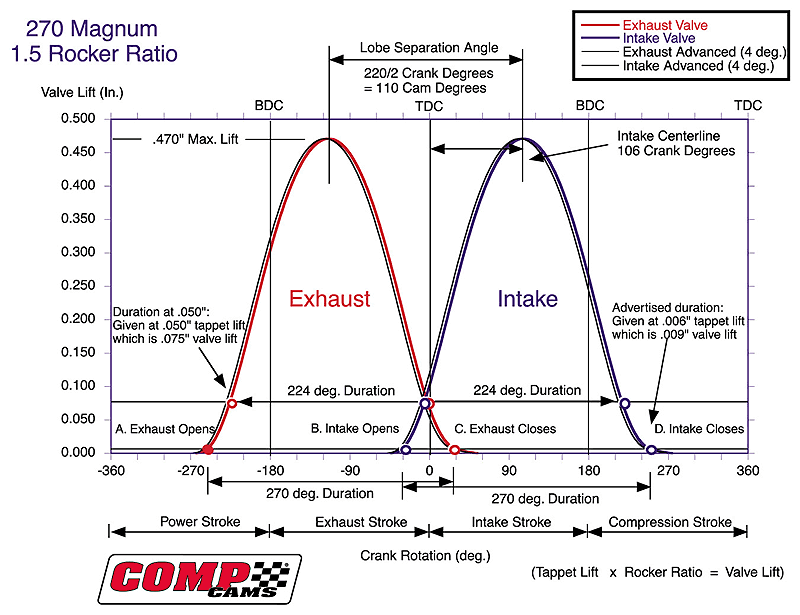Valve Overlap for Turbo engines? What adjustments have you made?
#1
Thread Starter
Joined: Feb 2011
Posts: 743
Total Cats: 42
From: Crest Hill, IL
For those of us with turbo's have you come up with adjustment numbers that help you out? On mine I'm using numbers like 6 degree advanced on the intake (to open and close sooner) and about 4 degrees retard on the exhaust to bring the valve overlap to as close to zero as possible.
I will be playing more with this soon and wanted some advise from you guys that have already played around with this adjustment. I believe this concept applies to the super-charged community also.
Please let me know what your experience has been. Thanks -JB
I will be playing more with this soon and wanted some advise from you guys that have already played around with this adjustment. I believe this concept applies to the super-charged community also.
Please let me know what your experience has been. Thanks -JB
#2
Advancing the intake cam 6 degrees and retarding the intake cam 4 degrees will increase overlap by 10 total degrees.
In practice, there's little to be gained on the exhaust side. The valve opening event happens well after peak cylinder pressure has occurred, and the valve closing event happens before the compression phase begins. The intake side is critical, mostly because of the IVC (intake valve closing) event. The IVC event dictates dynamic compression and overlap so it's hugely important.
You really need a lot of dyno time to set this correctly. If you want to rough it in on the street, turn off closed-loop corrections and play with cam advance vs. AFR changes in the midrange and top end. As you add advance, you'll see gains in the midrange, but add too much and you'll see the top end fall off. Decide what is the best tradeoff for you.
Alternatively, upgrade to a VVT head and have the best of both worlds (advance the cam in the midrange and retard it on top).

In practice, there's little to be gained on the exhaust side. The valve opening event happens well after peak cylinder pressure has occurred, and the valve closing event happens before the compression phase begins. The intake side is critical, mostly because of the IVC (intake valve closing) event. The IVC event dictates dynamic compression and overlap so it's hugely important.
You really need a lot of dyno time to set this correctly. If you want to rough it in on the street, turn off closed-loop corrections and play with cam advance vs. AFR changes in the midrange and top end. As you add advance, you'll see gains in the midrange, but add too much and you'll see the top end fall off. Decide what is the best tradeoff for you.
Alternatively, upgrade to a VVT head and have the best of both worlds (advance the cam in the midrange and retard it on top).

Thread
Thread Starter
Forum
Replies
Last Post
hankclaussen
Miata parts for sale/trade
10
12-22-2015 12:35 AM
outboarddude
Miata parts for sale/trade
2
11-20-2015 01:24 PM
alpinaturbo
Miata parts for sale/trade
8
11-16-2015 07:43 PM
FAB
Fab9 Tuning - Miata Performance Parts
0
11-03-2015 03:06 PM












